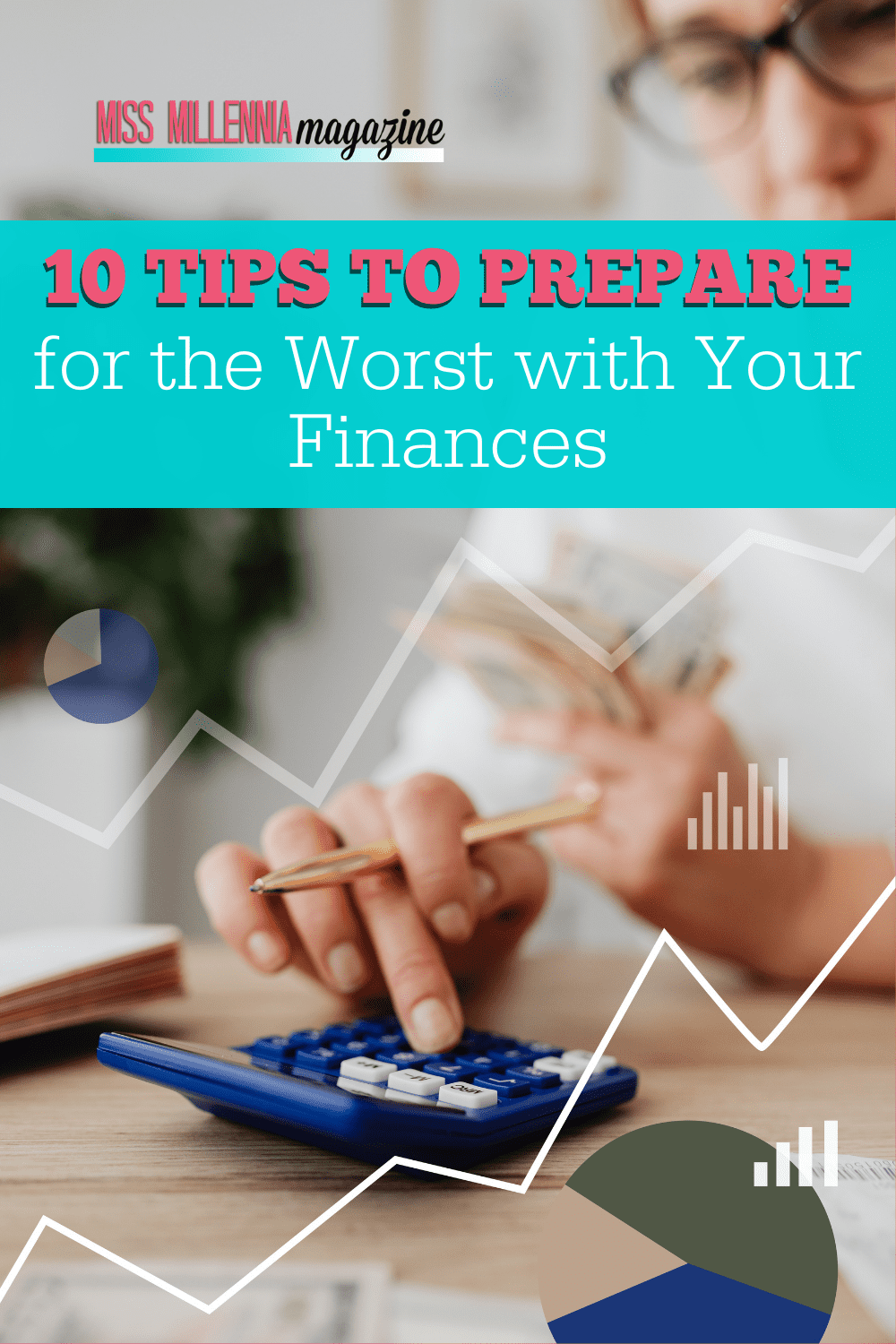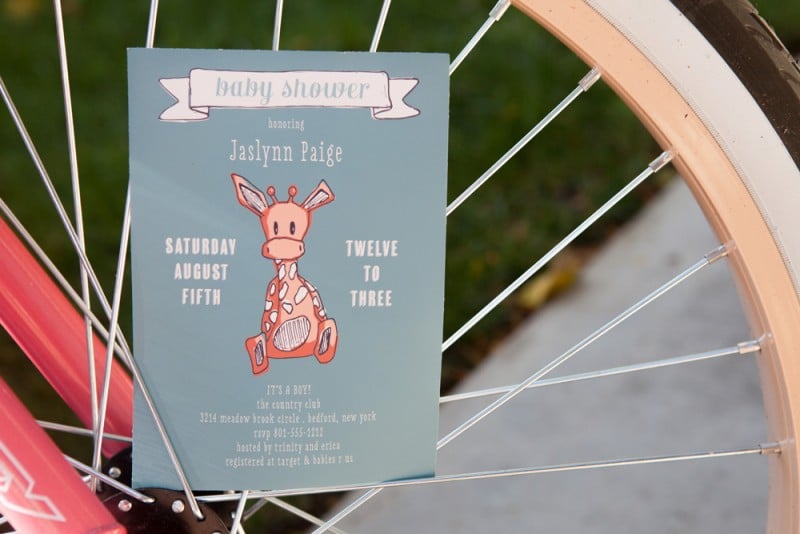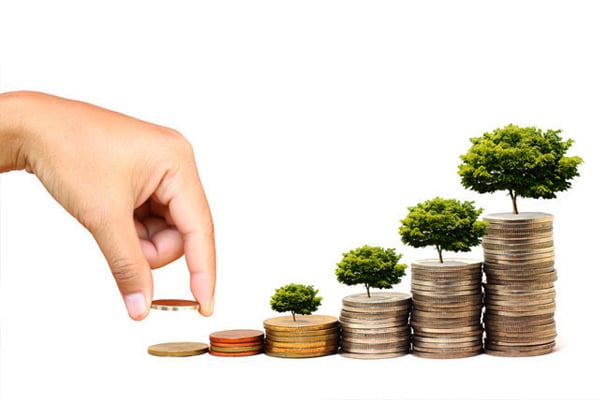Using Credit Cards Wisely
Do you think just paying off your credit card every month will bring you a good credit score? That is only the beginning to a good credit score. Here we will discuss the two basic types of credit cards and how to use them wisely.
A credit card is a type of revolving debt. This means that it’s an ongoing loan, unlike a car loan or mortgage, which has the end goal of being paid off in installments. Credit card companies regularly report to the three main credit bureaus, and how you use them, greatly impacts your credit score.

Credit Cards vs. Charge Cards
A credit card gives you a predetermined spending allowance called a credit limit. This limit is the maximum amount you are allowed to spend on the card. If you go over this amount, you will incur overlimit fees. These cards usually have a minimum payment due every month, giving you the option of not having to pay the full amount.
A charge card has no preset spending limit, which means that you can theoretically spend as much as you want with it. However, the bill does not come with a minimum payment due. This means that you must pay in full every month. Most of these cards do not actually let you put an enormous amount on the card in one month, however. The actual allowed amount is usually calculated based on your average monthly spending habits with the card. If you want to use the card for a larger than normal amount, you can call the company ahead of time to see if they will authorize it.
Credit Limits vs. Highest Limit Reported and the 80% Rule
Continuing on the subject of credit cards and charge cards, it is important to note how they appear on your credit report. When you access your credit report, a credit card’s spending limit will appear with the most recent statement amount. Ideally, that amount should be below 80% of your limit. For example, if your card has a limit of $1,000, you want your statement amount to be below $800. If the amount is above that 80% mark, then the card is considered “maxed out.” A card that is chronically maxed out and/or over the limit will negatively affect your score more with time.
A charge card appears on a credit report a little differently. Since there is no credit limit to report, the highest statement balance will appear in its place. This means that if you have only ever put say, $250 on your card in any given month, then that $250 will serve as the highest reported amount. This can be both negative and positive, because if one month you spend $700, that card will appear to be severely maxed out and your score can temporarily drop. However, that $700 will serve as the highest reported amount from that point after, which will positively affect your score over time, as your card will appear to be far below that 80% threshold if you go back to your lower usual spending habits.
Paying on Time is Better Than Paying in Full
Ideally, you want to pay in full and on time in order to avoid finance charges, but if you find yourself short of money one month, paying the minimum amount on time is better than making a late payment in full. (Note that this applies to credit cards and not charge cards).
Any late payment that appears on your credit report will lower your score, and that late payment stays there for seven years. Chronic late payments are extremely detrimental to your score because that is what future lenders look at in order to assess your creditworthiness.
Never ask for a credit limit decrease
Sometimes people feel overwhelmed by the credit limit they are given. They are afraid they might spend too much and get in over their heads, or feel it is a liability. Truthfully, the higher your limits are, the more breathing room you have. The larger the space between your limits and your statement balances, the higher the positive impact on your score.
Never Close Old Accounts
If you have an older card you never use, you might be tempted to close it out. If you do this though, you will be cutting short your average age of accounts, which can negatively impact your score. As a general rule, it’s best to keep open your oldest accounts even if you never use them. To keep them active, you can use it once a month for a gas tank fill-up or a dinner out.
Be Wary of Opening Too Many Accounts at Once
Every time you apply for credit, your credit report records a hard credit inquiry. Too many of these at once can be a red flag and lower your score. Generally, it is best to wait at least six months before applying for another card.
Always Check Your Credit Report
By law, you are entitled to a free credit report from each of the three major credit bureaus per year. www.annualcreditreport.com is the website authorized by the federal government. It’s a good idea to access only one of them at a time, every four months, so you have a good idea of how your credit is doing year-round. Always check them carefully, and report any inaccuracies to the bureau it is from.






